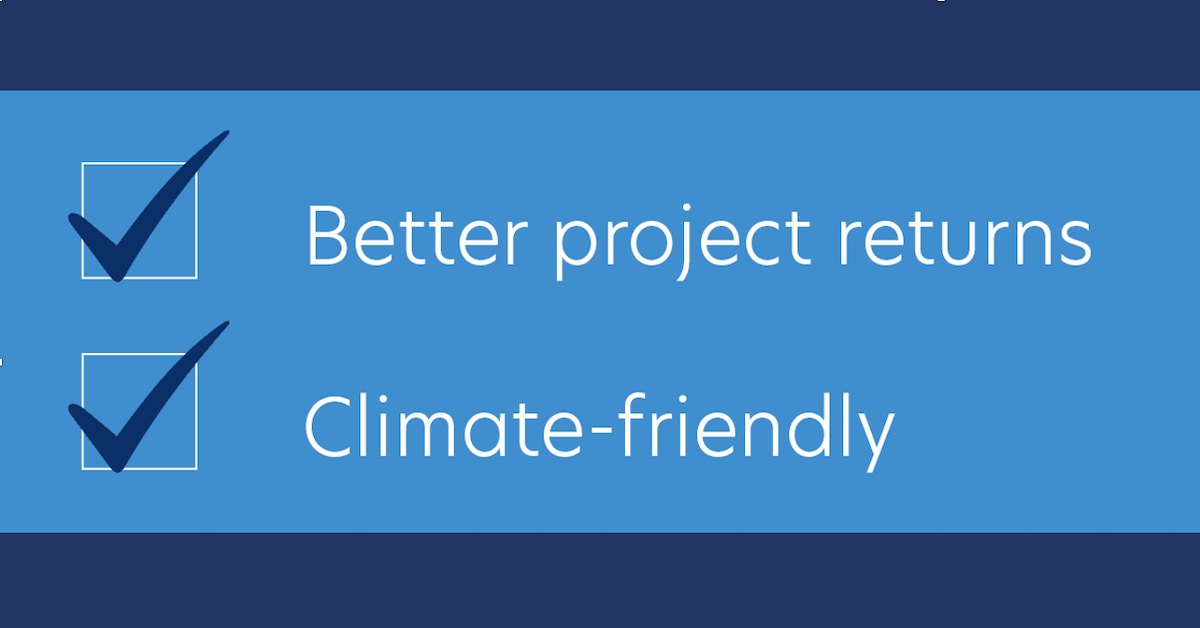Blog post by Tricia Baker, Senior Vice President of Impact & Strategy, PACE Equity
Developers hold the key to a lower carbon future.
I recently worked for a few days in a living building – a building that results in net zero consumption – it doesn’t emit carbon and doesn’t use city water or sewer – it is entirely self-contained. It is an amazing execution of commitment, collaboration and most importantly … planning. During the 2-day meeting we met, shared screens, snacked, evaluated, and while I was aware it was a living building, it felt like any other office to me. It was functional and comfortable and offered great meeting technology.
During a tour of the building after the first day, my colleagues and I learned about the variety of technologies being used to deliver this self-contained accomplishment, from the solar panel-covered roof to the composting toilets. As the tour guide shared details of each building system, what struck me was that the climate-friendly technology being used isn’t experimental or cutting edge. The technology is available today and ready for installation in your next project. A living building isn’t for everyone, but certainly a lower carbon building — a building that goes a bit beyond local building code — is.
What I believe is that as we design buildings in which people will live, work, and play for the next few decades, we have an opportunity. The opportunity to be climate-friendly is available to every developer as they embark on a project.
Developers must be the leaders for a lower carbon future. The next time you assemble a design team, I encourage you to ask questions and listen to the possibilities.
- Start with a building design that exceeds your local building code
- Ask about building efficiencies that push efficiency limits (and in turn, deliver financial paybacks from energy cost savings)
- Consider technologies that deliver better tenant experiences and allow for individual control of environments
- Think about ways to incorporate materials that are sourced sustainably or are manufactured with low embodied carbon
- Ask your design partners “how can it be more climate-friendly?” (instead of only “how much does it cost?”)
- Look for financing options that reward you for building better
As Ryan Dings from ClimateHaven recently posted, “decarbonization is about innovation AND implementation.” Every new development and major renovation should consider the question of how to include efficient equipment, resilient designs, water-saving devices, and materials that don’t have embodied carbon. Building designs can meet all those goals if you plan ahead.
Looking for a guide to getting started? The CIRRUS Low Carbon Design Specification has measure-by-measure guidance to build a lower carbon building by providing specific efficiency requirements for your energy and water-consuming building measures. Our CIRRUS Low Carbon program incentivizes developers and owners who build to this lower carbon standard with rate reductions on their PACE Equity financing. In short, we offer lower rates for lower carbon.
A living building isn’t for every climate or every building, but every developer has an opportunity to impact the world today and for coming decades as they create buildings that serve tenants and visitors while they improve project returns.
Ask your Managing Director about CIRRUS Low Carbon.





